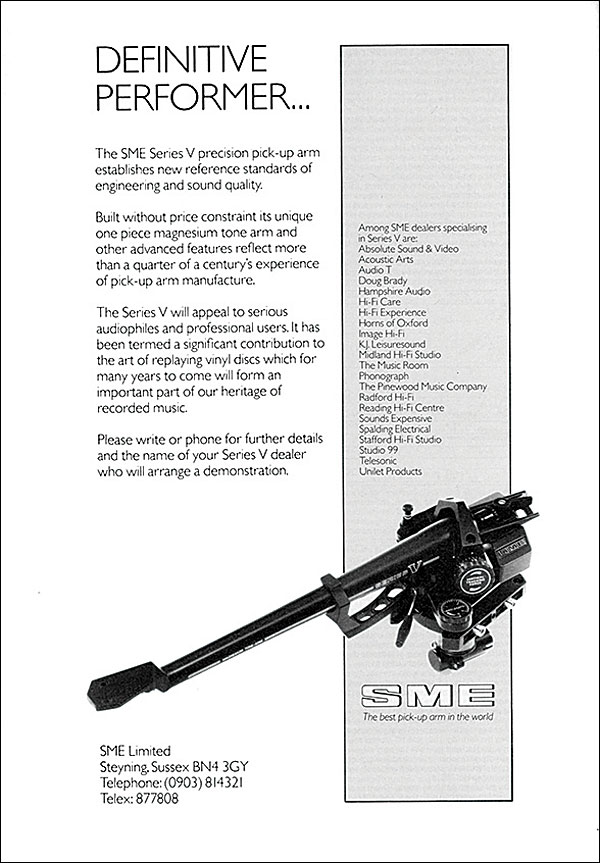

Remember that the stiffer the arm the more likely it is to resonate or ring when ‘energized’ by the vibrations from the stylus that get transmitted through the cartridge body and into the arm. Armtube materials include, stainless steel, aluminum and carbon fiber. The armtube has to be stiff, carrying the cartridge at one end and a heavy counterbalance weight at the other and yet light and strong.

The pivot, ideally, should provide no resistance to the armtube in any direction as it traverses the records surface. The rigidity of the armtube is of paramount importance, as is no movement or ‘play’ in the arms pivot point. So any movement of the arm in relation to the traced groove modulation will impact the final electrical signal. Some of the grooves undulations are minute, being smaller than the wavelength of light. Finally, it contains the cabling that carries the cartridges electrical audio signal to the pre-amplifier. (The bias may be reduced a little as the stylus moves to the records center). While at the same time keeping the downward stylus tracking force and anti-skating bias force constant. This requires the arm to hold the cartridge at a constant height and angle as it traces the groove towards the records center. The tonearm has to support the cartridge in its correct position over the entire record, while allowing it to move inward to the centre of the record and navigate any vinyl surface imperfections. The arm’s rigidity, mass, bearing & damping all play a role in extracting your cartridges peak performance. The tonearm is of paramount importance in optimizing the performance of your cartridge. The problem for the newcomer is the huge selection and range of costs for these very important vinyl tracing wands. Unless your turntable comes with its manufacturers own tonearm you will need to select an arm to suit the turntable and carry your proposed cartridge. Hadcock GH228 Super – Unipivot Design Introduction


 0 kommentar(er)
0 kommentar(er)
